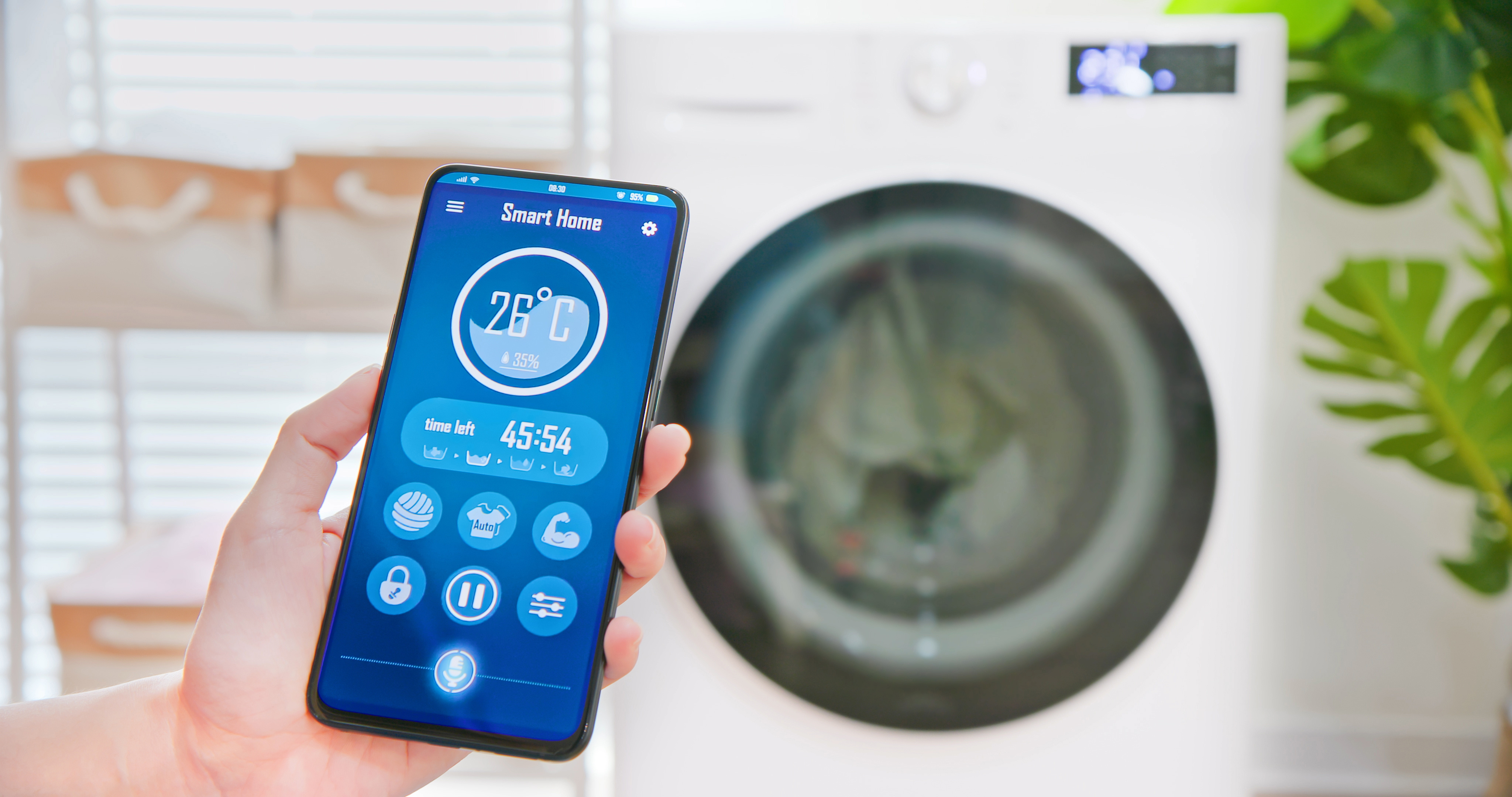Keyword Spotting on MCUs
Keyword spotting is a natural language processing (NLP) technique that detects and recognizes specific keywords or phrases. It is widely used in speech recognition systems to trigger certain actions or respond to specific commands. In MCUs, keyword spotting typically involves converting audio signals into digital data and using algorithms to detect and match keywords.
At the heart of keyword-spotting technology are acoustic models and language models. Acoustic models are used to recognize the acoustic features of speech, such as the spectrum, pitch, and loudness of a sound. Language models are used to determine the probability distribution of keywords or phrases. In MCUs, deep learning algorithms such as convolutional neural networks (CNNs) and recurrent neural networks (RNNs) are commonly used to train these models.
The basic steps involved in keyword spotting include:
1. Audio Capture: The audio signal is captured using a microphone or sensor and converted into a digital format.
2. Acoustic Feature Extraction: Acoustic features, such as Mel-frequency cepstral coefficients (MFCCs), are extracted from the digital audio signal.
3. Model Training: Acoustic and language models are trained using a large audio and keyword transcripts dataset.
4. Keyword Detection: In real-time applications, the audio signal is fed into the trained model to detect the presence of keywords.
5. Action Triggering: Once a keyword is detected, the MCU can perform a corresponding action, such as controlling a device, sending a notification, or triggering other events.
| Applicable development board | |
|---|---|
|
NuMaker-HMI-M467 NuMaker-IoT-M467 |
1. Keyword Detection Example: Smart Home Voice Control Integrate a microphone into a smart home device such as a smart speaker or lighting system.
2. Speech Recognition Example: Mobile Phone Voice Assistant Utilize Cortex-M4 to process voice input on a smartphone or tablet.
3. Real-time Recognition Example: In-car Voice Control System Incorporate Cortex-M4 into a car’s infotainment system to process voice data from a microphone. |
|
NuMaker-M55M1 |
1. Keyword Detection By leveraging the M55M1 board’s DSP and neural network accelerators, efficient keyword detection is achieved. The system can continuously listen for and recognize specific wake words or phrases, such as “Hey, smart assistant” or “Start playback.” Once these keywords are detected, the AI system activates, ready to receive further voice commands. This approach is highly effective in terms of power efficiency and instant response.
Speech recognition is at the core of the Voice Commands AI system. The M55M1 board’s high-performance computing capabilities enable it to handle complex speech recognition tasks. With advanced machine-learning algorithms, the system can recognize, understand, and act upon the user’s voice commands. This includes simple commands like volume control and more complex queries like weather updates or calendar reminders.
The real-time recognition capability allows the Voice Commands AI system to instantly recognize and respond to the user’s commands, providing a seamless and fluid interaction experience. This includes the immediate recognition of voice commands and the ability to respond intelligently based on context or the user’s historical preferences. For example, the system can recognize frequently used commands by the user and automatically provide quick responses accordingly. |




